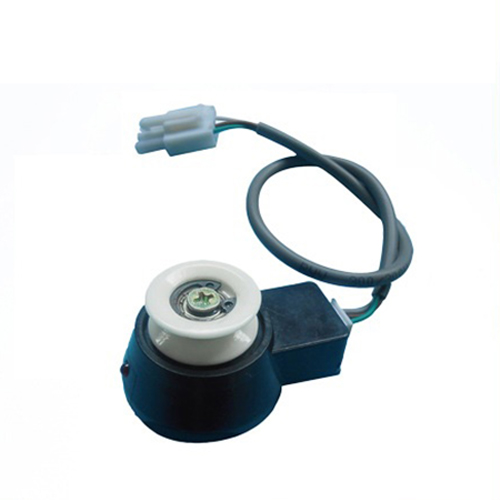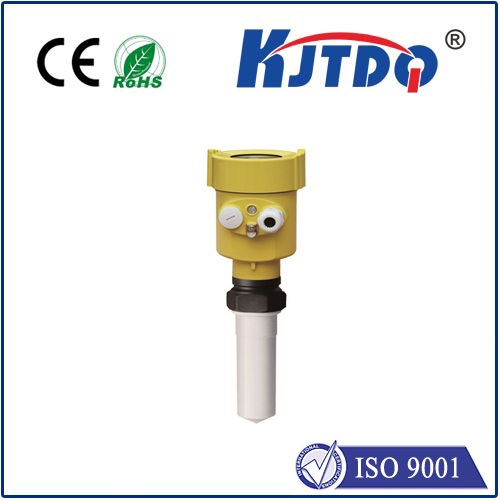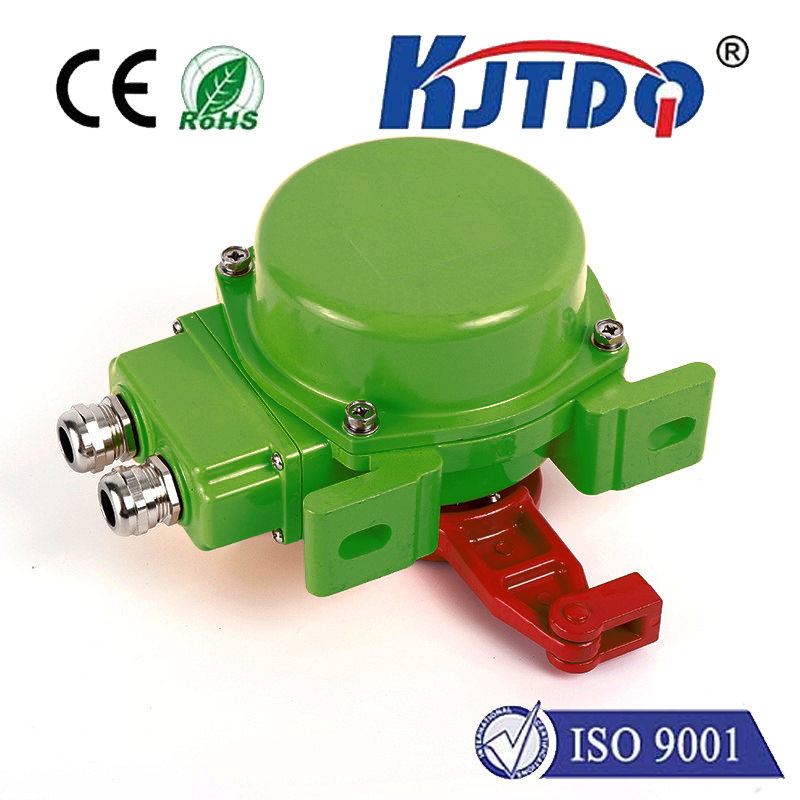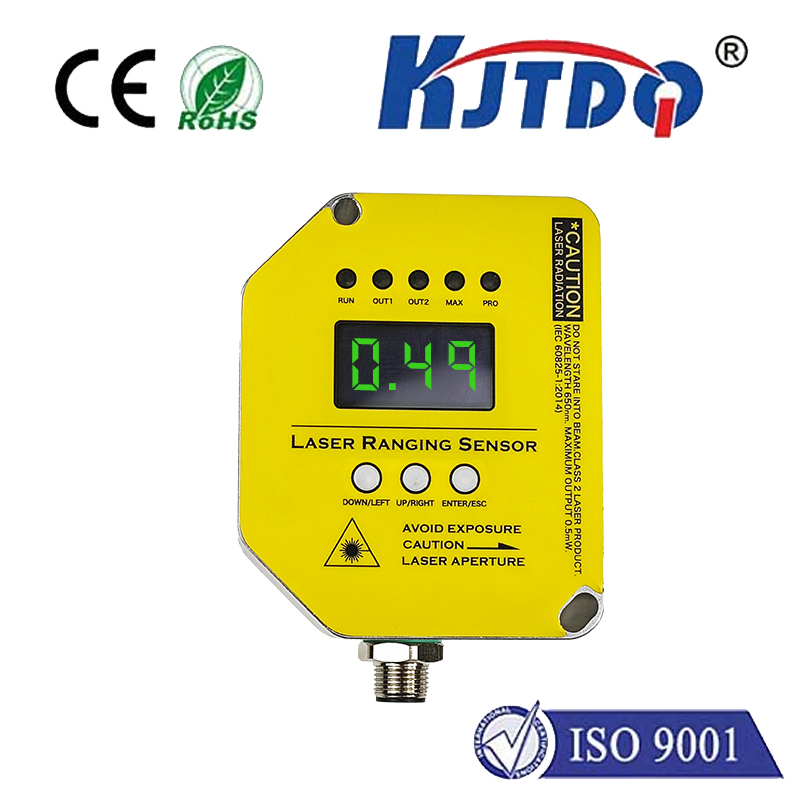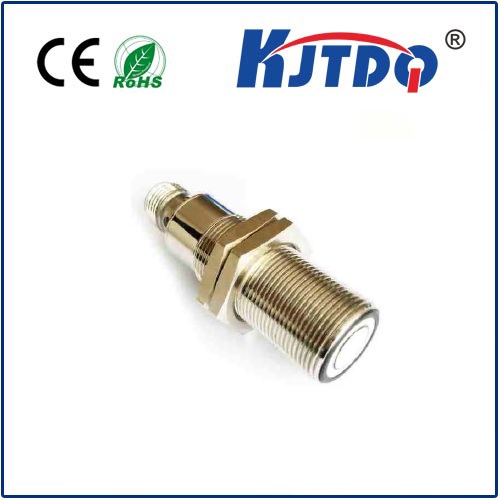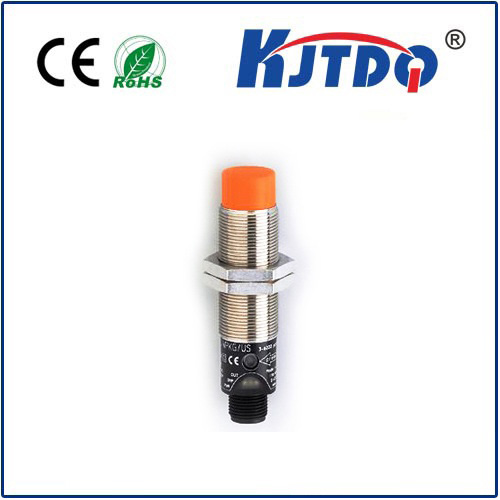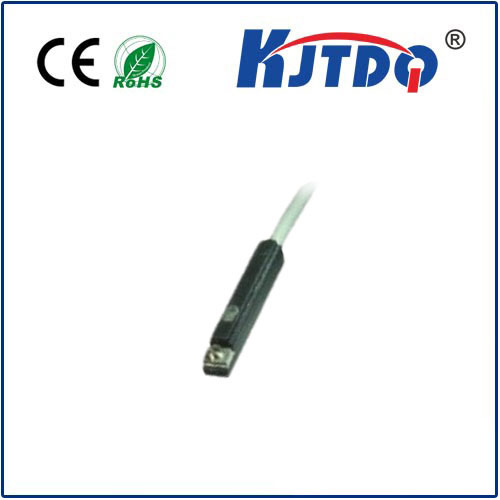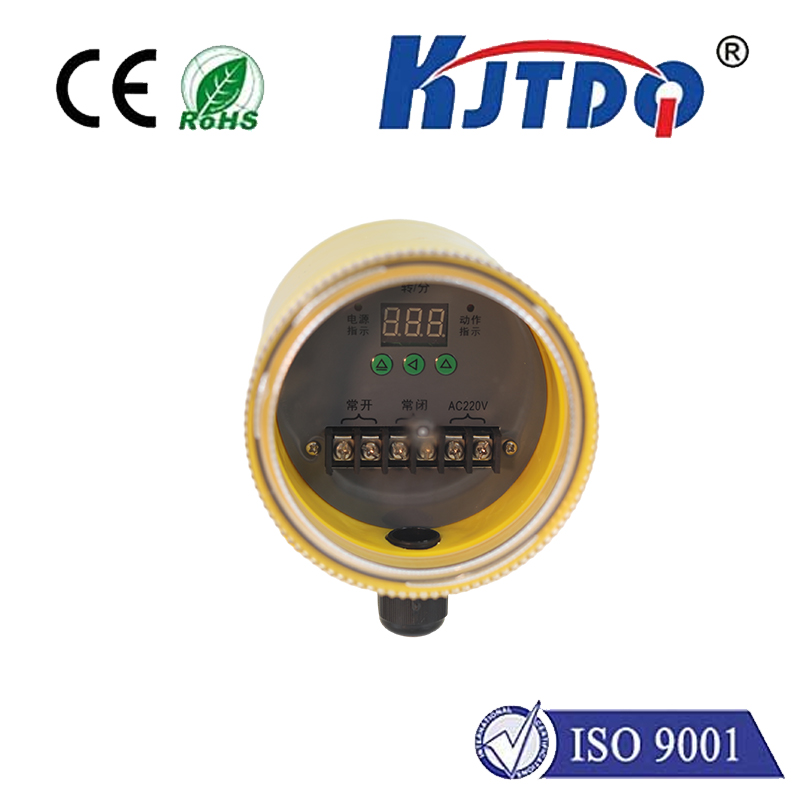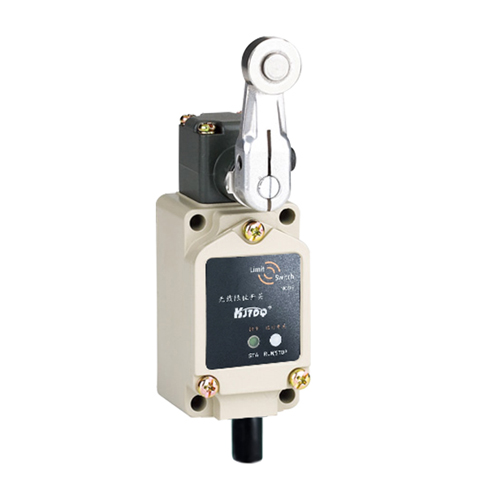square photoelectric sensor, retro reflective
- time:2025-09-14 01:45:55
- Нажмите:0
The Square Photoelectric Sensor: Your Compact Guardian in Retro-Reflective Object Detection
Imagine a silent, tireless sentinel, precisely discerning the presence or absence of objects across a distance, immune to the grime and challenges of industrial environments. This isn’t science fiction; it’s the reality delivered by the retro-reflective square photoelectric sensor. This specific design, merging a proven sensing principle with a robust form factor, has become a cornerstone of reliable automation. But what makes this unassuming square-shaped device so powerful, particularly in the retro-reflective configuration?
At its heart, a retro-reflective photoelectric sensor operates on a brilliantly simple principle. It houses both a light emitter (typically an LED, often infrared or red) and a receiver within the same compact housing. The sensor emits a beam of light towards a specialized reflector, aptly called a retro-reflector. This reflector, usually featuring an array of precisely aligned corner cubes or prismatic tape, doesn’t just bounce light back; it reflects the light beam directly back along its original path to the receiver within the sensor. When an object interrupts this carefully aligned light path between the sensor and the reflector, the beam is broken. The receiver detects this absence of light, signaling the object’s presence.

Why Choose the Square Form Factor?
While photoelectric sensors come in various shapes (cylindrical being very common), the square photoelectric sensor offers distinct advantages:
- Stability and Mounting Versatility: The flat surfaces of a square sensor provide excellent stability against surfaces. They are incredibly easy to mount securely using standard brackets or even adhesive pads on flat machinery surfaces or enclosures. This inherent stability minimizes vibration-induced alignment shifts, a critical factor for maintaining the precise beam path required in retro-reflective setups.
- Space Efficiency: The compact, often low-profile design of square sensors allows them to fit into tight spaces where cylindrical sensors might protrude too much or lack sufficient mounting surface area. This makes them ideal for dense machinery or applications where space is at a premium.
- Enhanced Sealing and Protection: Square housings typically facilitate more robust sealing. Gaskets fit effectively around the edges, offering superior resistance against dust, water (often achieving IP67 or IP69K ratings), and even washdown procedures common in food & beverage or pharmaceutical settings. This robust protection is vital for maintaining reliability in harsh industrial environments.
- Integrated Features & Connectivity: The larger face area often allows for easy integration of status indicators (LEDs for power and output state) and, crucially, sensitivity adjustment potentiometers or teach buttons directly on the front. This enables quick setup and troubleshooting right at the sensor location. Connection options, like quick-disconnect M8 or M12 connectors, are also commonly integrated cleanly into the design.
The Power Couple: Retro-Reflective Principle Meets Square Design
Combining the reliability of retro-reflective technology with the practical benefits of a square housing creates a sensor solution prized for numerous applications:
- Object Detection on Conveyors: Detecting the presence, absence, or height of boxes, bottles, cans, or parts moving along conveyor lines. The long sensing range (often meters) and immunity to target color or surface finish (as long as the beam breaks) are key advantages.
- Position Verification: Confirming if a part is correctly seated in a fixture or jig before a machining operation begins. The sensor’s dependability ensures process integrity.
- Gate/Door Monitoring: Detecting whether a safety gate, access door, or elevator door is securely closed.
- Stack Height Control: Monitoring the height of stacked materials (pallets, sheets) by detecting when the top layer breaks the beam to a reflector positioned above.
- Presence/Absence in Harsh Environments: Where dust, moisture, or vibrations rule out other sensing methods.
Key Advantages You Can Count On
Utilizing a square retro-reflective sensor delivers tangible benefits:
- Simplified Installation: Only one device needs wiring and mounting (on the moving machine part if necessary), compared to the two separate units required for a through-beam system. The reflector requires no power or wiring, just mounting.
- Long Sensing Ranges: Retro-reflective sensors offer significantly longer sensing ranges compared to diffuse sensors (which detect light reflected directly off the target), often spanning several meters reliably.
- High Reliability & Stability: The focused beam path and precise reflection ensure consistent operation. The square housing enhances this by providing a stable, vibration-resistant platform and excellent environmental sealing.
- Target Insensitivity (within reason): Unlike diffuse sensors, performance is largely unaffected by the color, texture, or material of the object interrupting the beam. Only the object’s opacity and its ability to break the beam matter. This provides exceptional versatility.
- Cost-Effectiveness: Generally more affordable than a through-beam pair while offering much of the range benefit.
Practical Considerations for Peak Performance
To maximize the effectiveness of your square retro-reflective sensor:
- Reflector Choice: Match the reflector size and type to the sensor’s specifications and the required sensing range. Larger reflectors support longer ranges.
- Precise Alignment: While retro-reflective sensors are more forgiving than through-beam systems, initial alignment between the sensor and the reflector is still crucial for maximum range and reliability. The stable square housing actually aids in achieving and maintaining this alignment.
- Avoiding Optical Interference: Position the sensor and reflector away from other strong light sources (sunlight, welding arcs) that could swamp the receiver. Clean lenses regularly.
- Target Characteristics: Ensure targets are opaque enough to reliably break the beam. Very small or highly transparent objects might not be reliably detected. Consider the minimum detectable object size.
- Environmental Factors: While sealed, ensure the sensor’s specified IP rating matches the environment. Extreme temperatures might require specialized models.
The Indispensable Workhorse
The square photoelectric sensor, retro reflective configuration is more than just a component; it’s a testament to elegant engineering solving real-world problems. Its blend of robust physical design, operational simplicity, long-range capability, and consistent reliability makes it an indispensable workhorse across countless industries. From ensuring packaging lines run smoothly to verifying machine safety or monitoring material flow, this compact, square guardian provides the fundamental object detection needed to keep automation systems running efficiently, safely, and intelligently. When you need dependable, long-distance detection with the convenience of a single-point installation and a tough build, the square retro-reflective sensor is frequently the optimal, practical choice.

